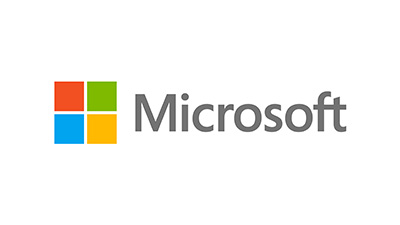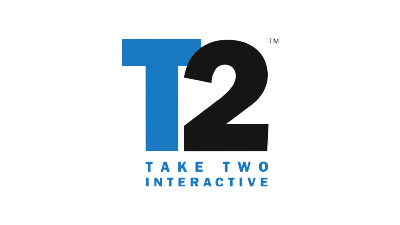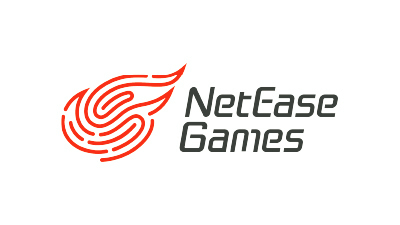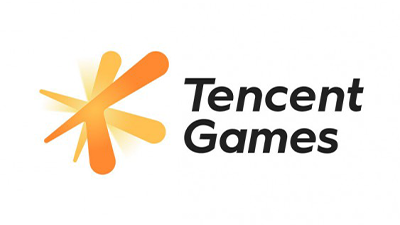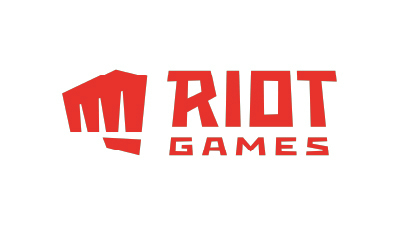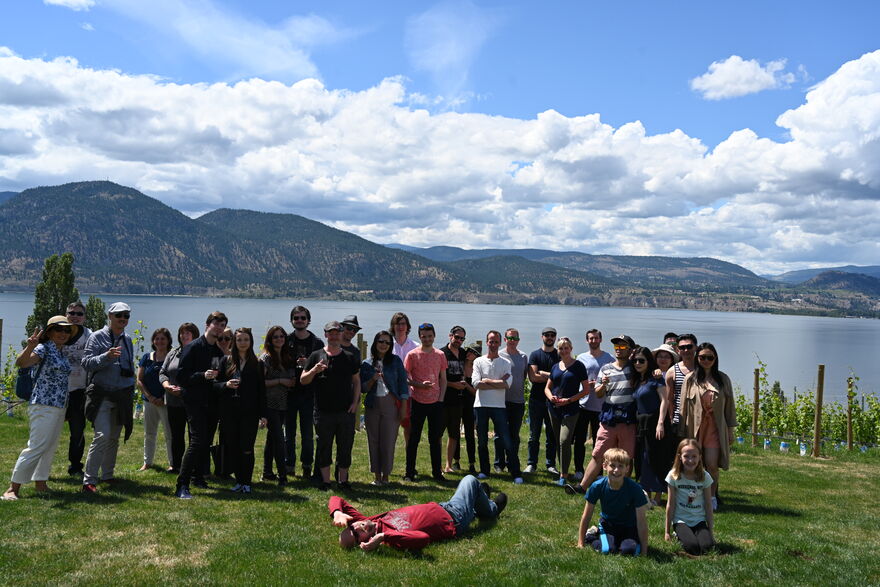The Benefits of a Strong Post-Launch Strategy
The team at Smoking Gun Interactive, a Keywords Studio, outline the importance of an integrated live operations strategy in today's game development cycle.

As with all game design, it starts with the vision. Everything from the characters, mechanics, marketing and post launch services should be included in the strategic planning of each development stage, not just at launch. Live operations and services have grown into such an expansive area of game development that it should now be a fixture in the game dev handbook; encompassing live ops design into every aspect, gate, and phase.
In a typical title that has ongoing post-launch updates (live-ops), usually it is a combination of being proactive and reactive. Being proactive would be planning for a feature or improvement that you confidently know will make a fantastic addition to the game. Being reactive would be listening to the community and looking at the analytics data to gauge the result.
At each stage, there are common misconceptions and oversights that need to be addressed to ensure the project is on track and ready to move to release (and beyond).
Pre-Production: Post Launch Planning
After conception of the initial game design and intentions, kick off planning for systems, resource gathering, and commitments start to take shape. The vision and pillars of the game should provide direction on if and how a post-launch strategy is needed; Will this game require live operations after launch? Do we need a solution to connect seamlessly with the community? Does the plan require content updates on a monthly cadence? Or can it more flexible, or a mixture of both? Questions like these can help uncover potential tools, systems and processes needed to support live operations.
Having a holistic view of systems and features required for the game is important to backlog and track. Systems and features include events, monetisation/advertising, localization, chat, cross-play, in-game rewards, store, OTA or other content release systems. To note, this would need to consider all platforms the game will release on. Also, at this time, reaching out to outsource partners, vendors and products will help solidify a plan when the project is ready to move from pre-production to production.
Common misconceptions/oversights
Live op tools and processes are often overlooked when a game is in pre-production and production. Teams that try to retrofit frameworks after a game system has been established will often come across difficulties. It is always best to future proof the project as much as possible to ensure the team can pivot quickly when needed.
Vertical slices or prototypes are common during the pre-production stage and usually the last gate before moving into production. Although there are many perspectives on the value of these, it does not always consider what the game would need post launch. Game teams would find it helpful to keep all documentation and planning up to date as the project goals and designs shift.
Production: Live Operation Strategies and Execution
A well supported Live Ops rollout starts with having a detailed plan in place. Depending on the game, a post-launch update could range from something small such as a few bug fixes or game balance updates, to full-on new features coupled with a marketing campaign. These could be the extension of the product lifecycle, DLCs, expansions, or tournaments, it really depends on the title and the intentions.
Communication is the most essential element for aligning efforts and understanding the total work needed to be ready post-launch. Communication across not just game teams, but publishing/marketing and outsourcers must be maintained so that there are not a lot of gaps as the project gets closer to launch. Missed dates or shifts in design can lead to a drop in quality, loss in time spent and missed marketing opportunities.
Common misconceptions/oversights
For each post-launch feature added, each one needs to be carefully thought out. Is this improving player retention? Is this increasing monetisation? Is it affecting gameplay balance? It is too big of a change and could impact existing players too much? Is the cost-benefit analysis sound? Defining clear KPI expectations can help provide guidance and metrics for the team to test against.
Marketing/publishing and development teams will also need to have visibility into upcoming beats and communication, as that could impact development scheduling. Press builds, launch strategies (ie: shadow drop) and post launch marketing activities may need to be coordinated to ensure enough time has been carved out for the team. Managing stakeholder expectations, post launch community management and even time off from the team should be monitored and raised in strategic planning during production.
Documentation is usually de-prioritised as the game nears the finish line. For many games in development, it can take years before a game hits release. During that time, team turnover, loss of tribal knowledge, shifts in priorities and deprecation of documentation can cause chaos to teams, especially when readying a team for live operations. Cross-training and succession plans, as well as keeping up feature documentation, can help support and future proof the game when in live operations.
Launch: Post Launch Strategies and Live Operations
Once the game is in the hands of players, press and influencers, monitoring the health and sentiment of the community, launch/pre-launch KPIs and prioritisation of future features and bugs will be top of mind for stakeholders. Depending on the team and stakeholder alignments, you may shift your strategy to reflect the agile nature of live operations. This could mean a change in project management, team organisation, release cadence/schedule and budget.
Regular analytics check ins, community reports and marketing activities should play a key role in strategising the next set of goals for continued success. Content calendars are also a huge part of live operations if the game is using this as a longtail retention strategy and should be integrated with the game team’s release plans, server deploy schedules and any other publisher/stakeholder milestones.
Common misconceptions/oversights
It’s easy to assume that live operations teams will be reactive and support content releases – whatever their content - but thinking wholistically about each release is key. Setting an overall theme for the release across above each feature team will ensure that not only does live operations know how to support the content – but feature teams, marketing, and the community can combine their efforts to create real excitement around a new update.
Processes that were created during production might work well with a larger development team, but after release the team size is usually much leaner, making longer and more intricate processes harder to sustain. Making improvements and tracking quality of life changes will help smaller teams succeed post launch. Improvement examples can be finding ways to release content updates without a certification process, automating testing, maintaining a release schedule, tuning and design tools and localization pipelines.
Pros and cons of supporting a live service game
There are many benefits in supporting a live service game:
- Provides developers with a reliable source of revenue post launch.
- An effective feedback loop between the community and the devs can help gauge interest and priorities of new features.
- Keeps the game fresh - when the community sees new updates, they know the game they love to play is still being maintained and supported.
- Global user data can reveal some unexpected problems early (such as day 1/7/30 drop-off, game balance, crash bugs).
- Devs can use A/B testing to try out some scenarios before rolling the game out world-wide. This could include trying out new pricing/bonus offers, etc.
- Monitor and track player cohorts to discover how to increase engagement for the current title and opportunities to learn for future ones.
Some disadvantages of live ops include:
- The community feedback can sometimes be a double-edged sword. At times, the community’s feedback will not be consistent amongst themselves. Other times, the community’s desires go against the dev’s vision which needs to be communicated carefully when the latest updates are rolled out.
- For longer live ops cycles, the addition of new features can start to pile up and feel unorganised. This is apparent in some long-running mobile games where the player is bombarded with too many popups and notifications directing the player over here and over there. Sometimes one too many additions can ‘break the camel’s back’ as the saying goes.
- Some changes that involve major legacy features need to be carefully rolled out. It could affect existing players that were used to how things were, resulting in a user drop-off. The same goes for game balance updates, especially when their favorite character stats need to be reduced.
- In most cases, live ops require use of a server which requires maintenance and upkeep. When the server goes down, so does your game.
- If live ops engagement isn’t well thought out, players may feel the game is more interested in taking their money than providing a good experience.
- Most live games require a player experience team to help with sales bugs or deployment issues, often an additional hidden hit to budgets.
Why data science is important
Analysing user data is an important tool in optimising many aspects of the game, such as the user experience, retention, and monetisation. KPIs, especially for games that lean heavily on player behaviours, are helpful to set prices in stores, promotions, and ideas for the next set of rewards. This is also important to help gather data for stakeholders to review and strategise for future releases.
The first steps are determining which questions you want answered before features rolls out.
From there, telemetry hooks can be created in code to report back the data needed to answer the initial question. Ideally, the data is organised in a format that can easily be queried.
Analysing the data and drawing conclusions can sometimes be straightforward, other times not. For example, a query funnel can be made to see all the users that complete each step of a tutorial. If there is a large drop off on a particular step, then we know something is up, and a design/code improvement can be made.
Other times, the fix needed is unclear. For example, determining how to improve the retention of drive-by users (users that leave the app after 1 launch and never return) because the reasons are endless: maybe it wasn’t the game they were looking for, they didn’t like the art style, etc.
Player data can be parsed into different buckets, giving a clearer view of what original, or new, player personas look like. Data can help bolster reasons why certain features or quality of life fixes might be prioritised over others and help define what ‘fun’ is for the community.
General outlook on the future of live service games
Traditional stores and real-world businesses learned long ago that smart analysis of customers and data-driven planning is the key to supporting great products and experiences. Live ops has considerably changed the gaming landscape and the relationship between the community and the devs.
New content updates, bug fixes, real-time events, etc. are all great ways to improve the game and keep the community involved. Live services have shifted how studios think about game development – it’s not only about what happens during development, but post-release as well. Having a strategy that looks at the product holistically, will help studios maximise player experience and minimise future pain points and player complaints. A mix of product and project management on a team is becoming the norm, and elevating what player experience truly means.
Analysing the data is such a great way to polish the user experience and optimise the retention and revenue. Of course, it is still important to thoroughly test any update before releasing it worldwide, as players don’t want to be your beta testers (unless it is opt-in). Collecting user data is becoming harder to obtain however, as privacy policies per platform are tightening. User privacy always comes first, and as a general statement there may be more players opting-out of data tracking as it becomes a bigger issue.
Overall, the live service component of games isn’t going anywhere, and will continue to be an instrumental tool in the future of game development, only getting more sophisticated in the years to come.
The Power of Partnership: Our Clients

